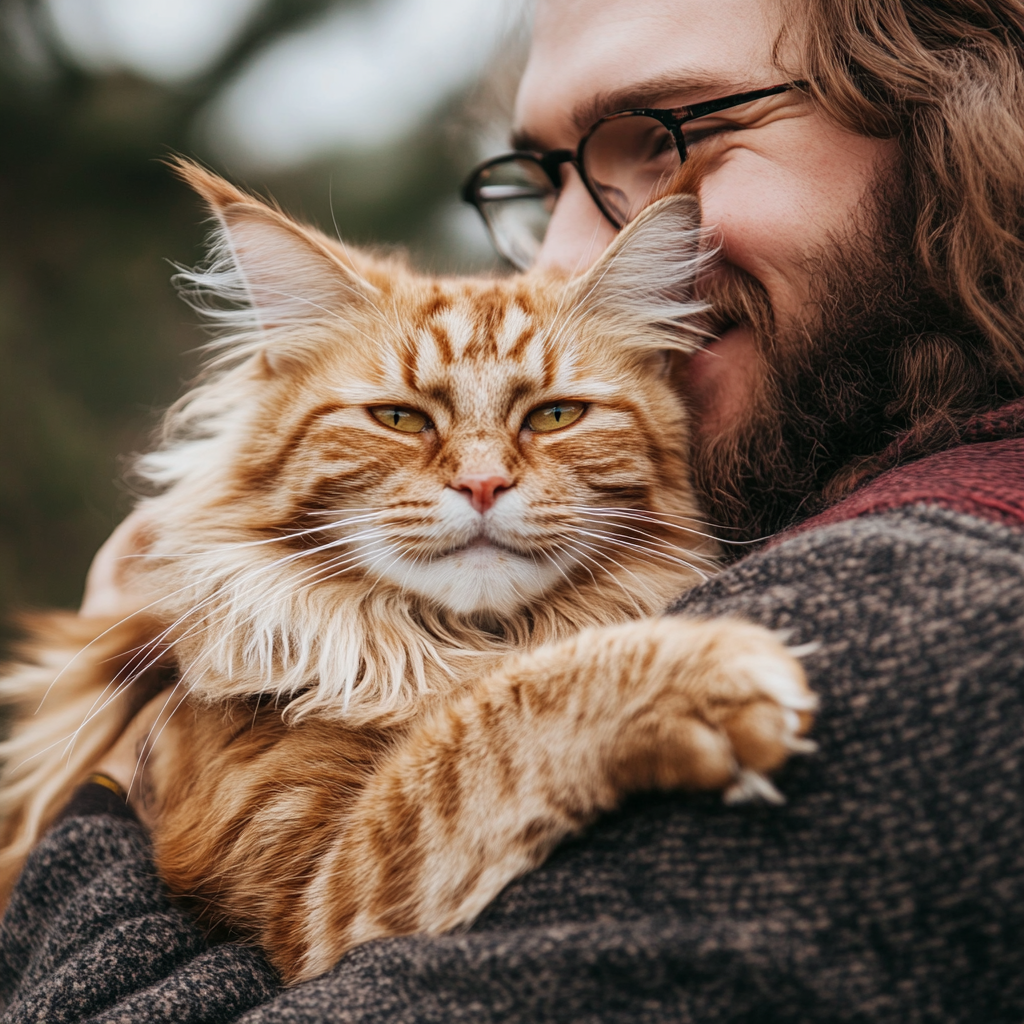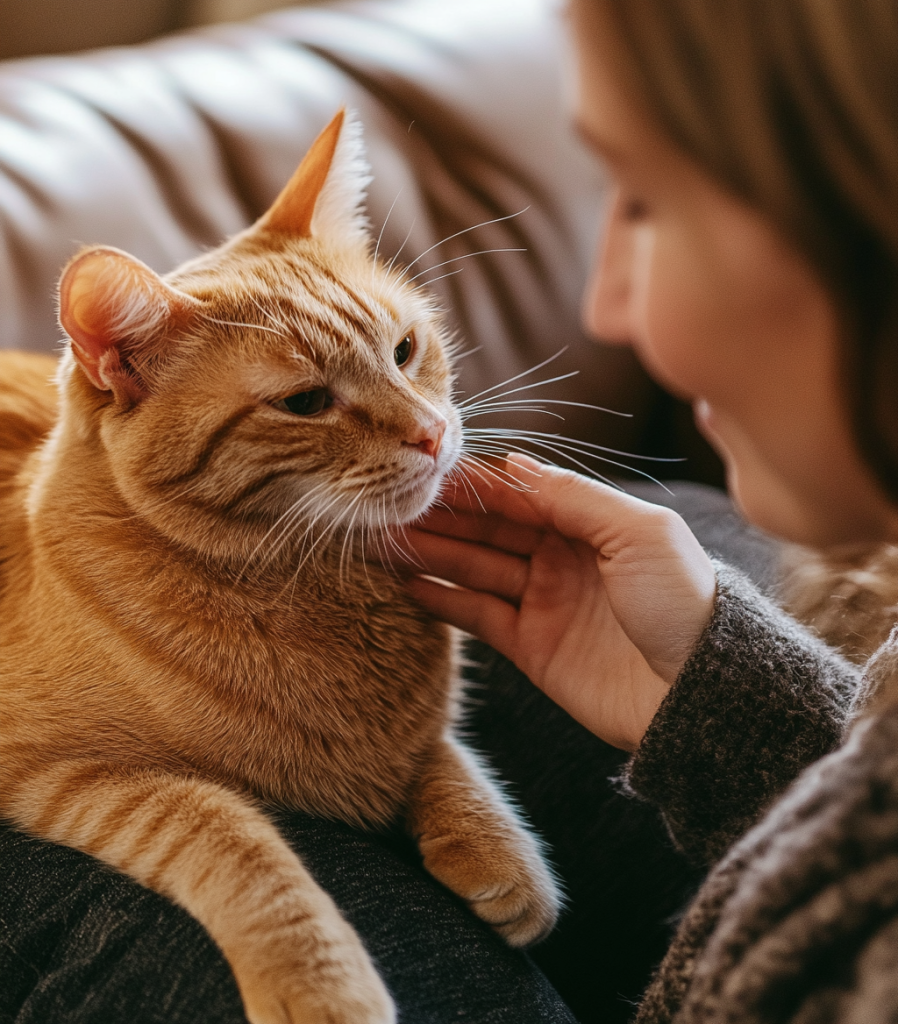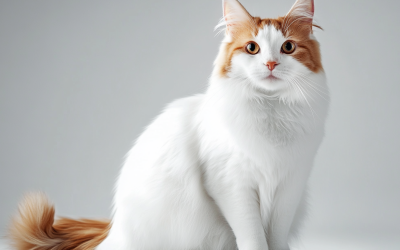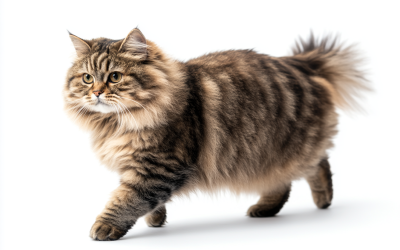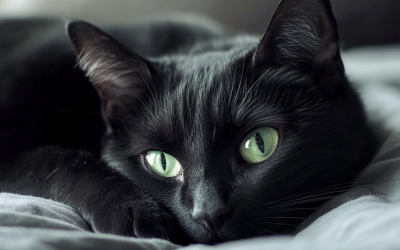Cats are known for their independent nature, but when it comes to affection, they have specific preferences for where they like to be petted. If you’re wondering, “Where to pet a cat?” you’re in the right place! Understanding your feline friend’s favorite petting spots can help strengthen your bond and keep them purring happily.
Table of Contents
The Best Spots to Pet a Cat
1. Chin and Cheeks
Cats love having their chin and cheeks rubbed, especially around the scent glands near their whiskers. Gentle strokes in these areas can make your cat feel relaxed and loved.
2. Base of the Ears
A soft rub behind or at the base of their ears can be incredibly soothing. Most cats enjoy gentle ear massages as it mimics their grooming behavior.
3. The Back and Spine
Running your hand from their neck down their back can be comforting. However, be sure to stop before reaching the tail, as some cats dislike being touched there.
4. Under the Chin
Scratching under a cat’s chin can lead to instant purring! Many cats enjoy gentle upward strokes under their jawline.
5. The Forehead
Light strokes on the forehead, especially between the eyes, can be calming for a cat. This area is often used in social bonding when cats rub their heads on humans or objects.
Where Not to Pet a Cat
- Belly – While some cats may expose their belly, this is usually a sign of trust rather than an invitation for belly rubs. Many cats dislike belly touches and may react defensively.
- Tail and Legs – Some cats may tolerate gentle petting near their tail or legs, but most prefer not to be touched in these areas.
- Paws – Cats are generally protective of their paws, so handling them may make your feline uncomfortable.
FAQs About Petting Cats
1. How do I know if my cat enjoys being petted?
Signs that your cat enjoys being petted include purring, leaning into your touch, kneading with their paws, and slow blinking.
2. What should I do if my cat doesn’t like being petted?
Respect their boundaries and observe their body language. Some cats are less affectionate than others and may prefer other forms of interaction, such as playtime or treats.
3. Can petting a cat reduce stress?
Yes! Petting a cat has been shown to reduce stress and anxiety in humans by releasing oxytocin, the “love hormone.”
4. How long should I pet my cat?
Let your cat decide! If they start flicking their tail, flattening their ears, or walking away, it’s best to stop.
Conclusion
Every cat is unique, and their preferences for petting can vary. By paying attention to their body language and respecting their comfort zones, you can make petting a positive experience for both of you. Whether it’s a gentle chin scratch or a soothing back rub, knowing where to pet a cat can strengthen your bond and bring more purrs into your life!
Helpful Notes:
- Always let your cat come to you for petting.
- Use slow and gentle movements to avoid startling them.
- If a cat shows discomfort, stop immediately and give them space.
By understanding your feline friend’s favorite petting spots, you can enjoy a happy and affectionate relationship with your cat!

